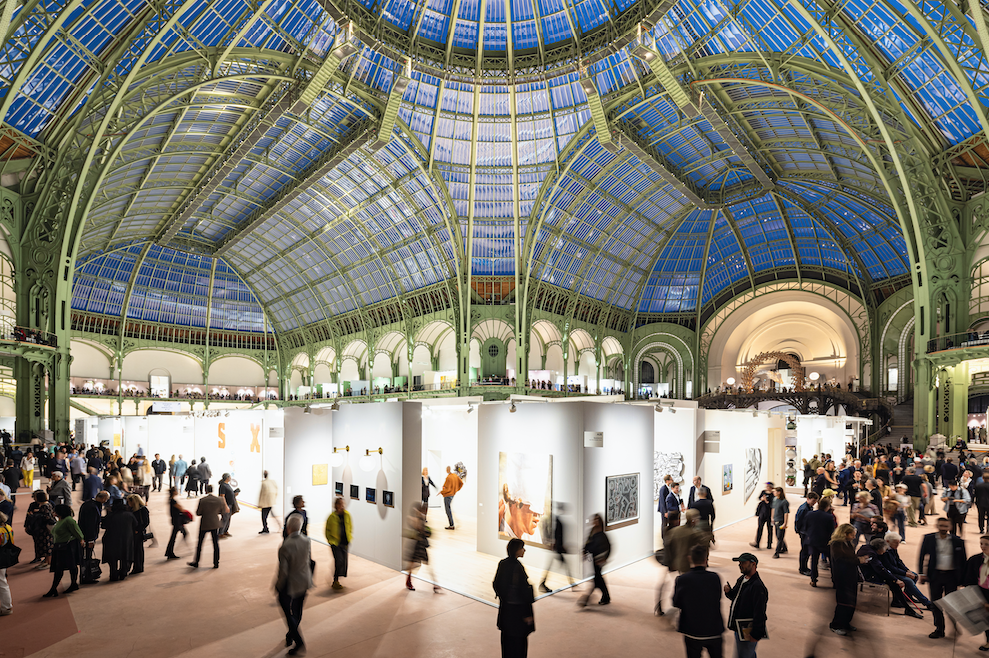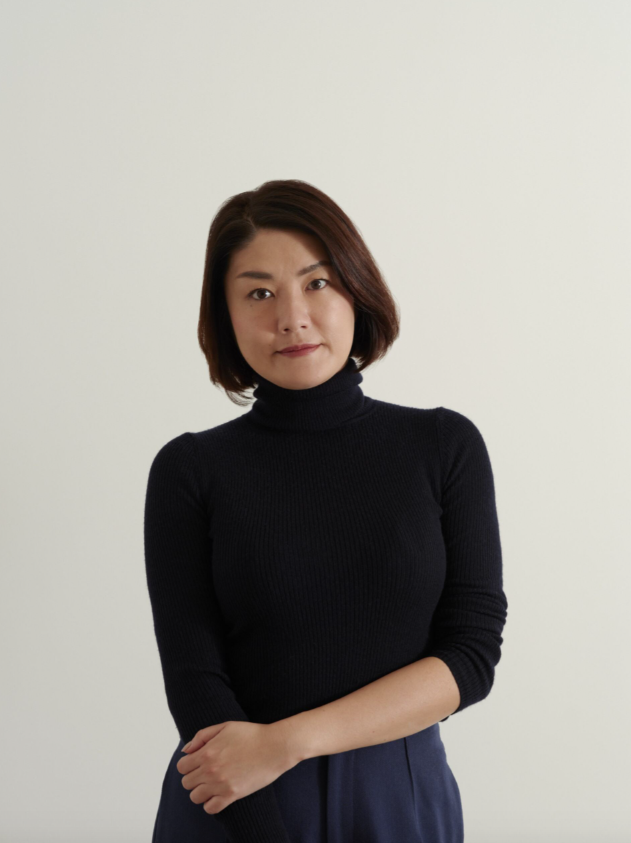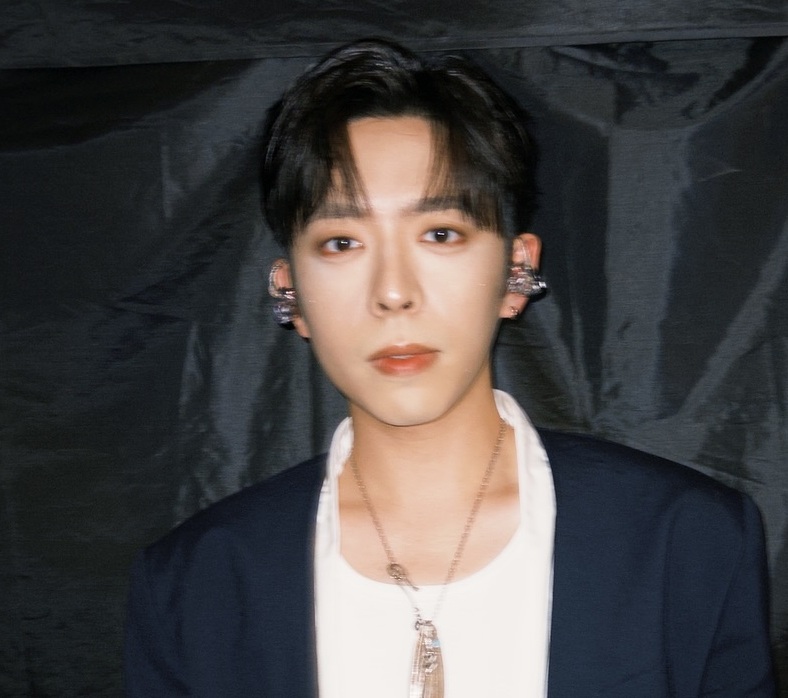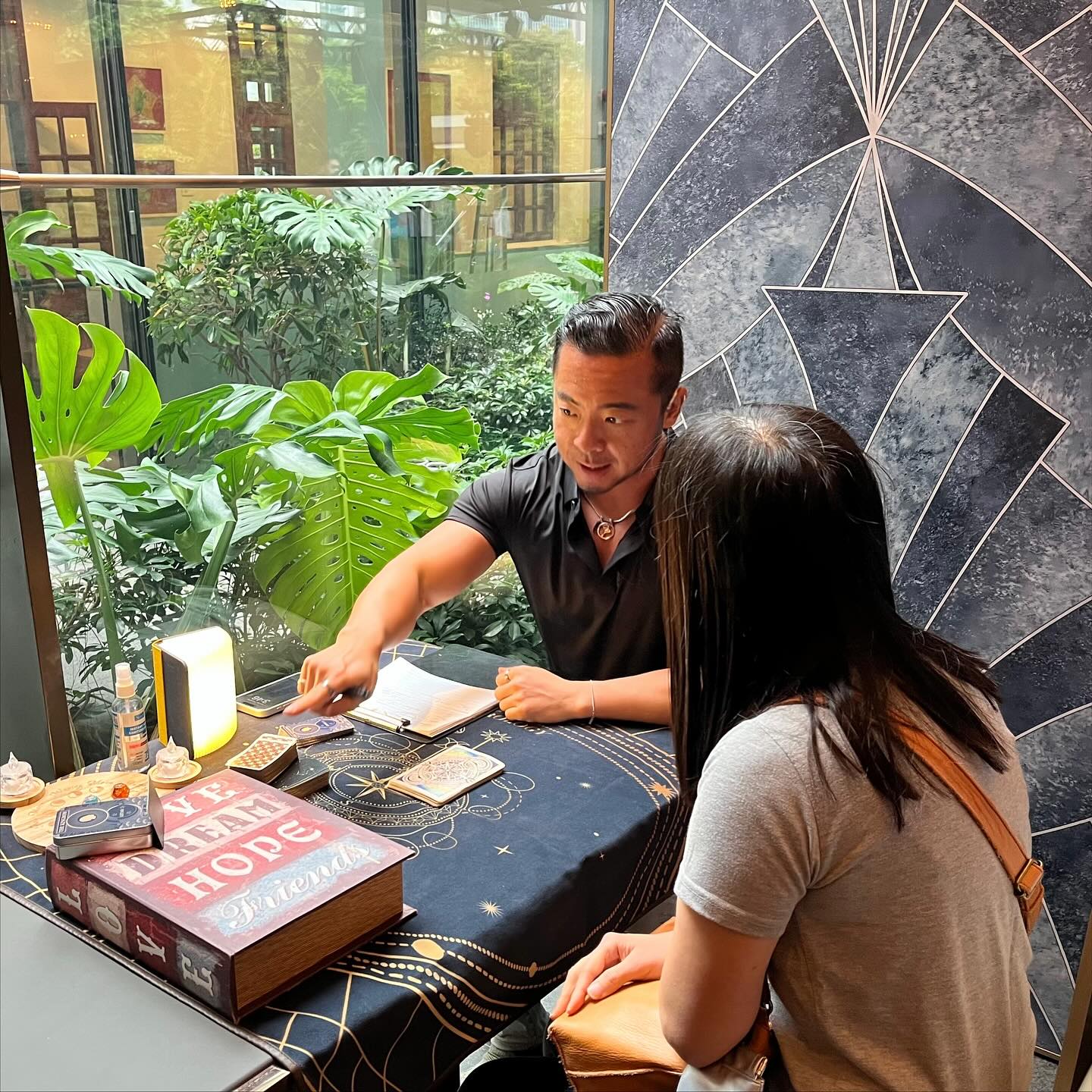There are few – if any – markets more dynamic, unpredictable and exciting than that of contemporary art. Which makes experience and expertise exceedingly valuable to would-be collectors. Professional art advisors Daryl Wickstrom and Yuki Terase, talk to Jaz Kong about what to think about and what to avoid when building a collection

Everyone is talking about art these days, especially contemporary art. The road from art lover to art buyer, then moving on to become an art collector is not easy. How, one wonders, to even start? And for intermediate and mature collectors, how to navigate a changing economy?
With the global art craze easing off, now is the perfect time to pause and contemplate next steps. And who better to point us in the right direction than professional art advisors?
Daryl Wickstrom, co-founder and partner, Patti Wong & Associates

Patti Wong and Daryl Wickstrom are veterans of Sotheby’s with decades of experience in the auction industry. The pair announced the establishment of joint venture Patti Wong & Associates (PWA), in partnership with The Fine Art Group, just as the world was emerging from COVID. They now maintain a headquarters in Hong Kong as well as staff stationed all over the world to tend to clients across every possible time zone.
Even though no one could anticipate what the global economy had in store after the world opened up again, Wickstrom is glad they took the risk and launched PWA. “What’s most important is it’s always about the collector,” he says. “Setting up PWA was because over our time at Sotheby’s, we very much enjoyed working directly with clients and getting to know them. But when you’re working for an auction house, it’s very transactional in nature, and I think both Patti and I were working with clients oftentimes on things that had nothing to do with transactions and were more about museum loans, legacies, estate planning, directions they want to take their collection. And I think we felt we wanted to spend more time focusing on that side of the business.”
As an art advisor, Wickstrom believes respect is key. “We need to understand the collector’s focus and objectives overall with respect to their collection,” he says. “I think after COVID there certainly has been an uptick in younger collectors entering the market. There’s also been a change in how more mature collectors transact.”
When it comes to his own collecting, Wickstrom often lets things sit overnight to see if the desire is still there the next morning. It’s safe to say that he discourages impulse buying. “The advice that I’ve been giving for 30-plus years, and I think Patti would say the same thing, is buy with your heart, not with your head. If you enter with a purely investment mindset, I think it’s not going to end well. Don’t buy it with the expectation that in two to three years you’re going to sell it for more money. Art doesn’t work like that.”
When it comes to art appreciation versus art investment, Wickstrom says, surprisingly, “I would argue they are the same thing. There’s no doubt that with the prices of important art, it’s an investment. But if
you buy what you love and you’ve done your homework, and you use your art advisor to help you understand what the price should be for an object, then you’re buying with as much knowledge as possible. And hopefully there will be an upside if you decide to sell that picture down the road. That’s a different decision than wanting to buy this work because you think it’s cheap and you can flip it in two years for more money.”
Wickstrom argues that one should never compare the art world to the stock market. “We don’t play the role of financial advisers,” he explains. “Art collecting has a different set of metrics to think through once you start bringing in personal taste, enjoyment and cultural connection. That’s what makes collecting fun.”
In his time, Wickstrom has seen the market weather some storms. “Some artists go in and out of vogue or fashion or interest. And this is just constantly happening in the art market. It’s very difficult to have a set of investment parameters that helps you make decisions like that. Over the years I’ve seen a lot of people play that game in various categories – they play it, they get burned and they leave the market. If you’re truly interested in this market, do your research, learn about the artists you’re acquiring, and don’t chase the latest fad. I think to buy for investment requires that you buy so many different things and fill up a warehouse, so that you can sell the things that are worth money and hold on to the things that the market has slipped off a bit.”
Yuki Terase, founding partner of Art Intelligence Global

Art Intelligence Global (AIG), founded in 2021 and based in both Hong Kong and New York, is not just an art advisory firm. It’s also a gallery, a curator, a marketer and, according to an Artnet article on AIG’s collaboration with Japanese fashion label Onitsuka Tiger and opening Tiger Gallery back in 2022, it’s “seeking to cultivate young collectors”. If AIG is part of the slash generation, this is a prime example of what the firm does other than providing advice to collectors of different stages.
Founding partner Yuki Terase has experience working at Sotheby’s as well as on the mergers and acquisitions advisory team at Morgan Stanley, so she has an understanding of both sides of the scale, namely advisors and collectors. First and foremost, Terase says that “an art advisor is a hybrid of an in-house art historian and a financial advisor. We provide historical knowledge, up-to-date market intelligence and transactional advice. This safeguards a collector’s decisions vis-à-vis each individual transaction as well as their long-term collecting strategy.”
Having offices in two of the biggest art – and auction – markets has its benefits. Comparing the two, Terase says, “In the past decade, the art market in Asia has matured in leaps and bounds, with collectors becoming a lot more sophisticated. Because of this, many are now more appreciative of the need for an art advisor. Collectors in the West have a longer history of collecting and have employed advisors for decades; Asia is only just catching up.”
For Terase, establishing AIG seemed like the natural course of action after working in finance and then jumping ship into the art world. And one could not have done it without a passion for art. In Terase’s case, her passion was art history – backed by studies in the subject at Christie’s Education. Having knowledge and expertise in both business and fine art, what does Terase think when comparing art appreciation and art investment? “Appreciation is about aesthetics and historical importance. With art investment, financial prospects come into play, and art advisors can help analyse the financial outlook of an artist, movement or category. Having said that, playing it too safe often makes for a boring, uninspiring collection,” she says. “You do have to follow your heart, and risks have to be taken. Sometimes collectors go crazy about chasing particular works that speak powerfully to them, and those end up becoming anchor pieces in their collections.”
Terase also advises collectors to only buy when they genuinely like something, and never solely for investment. Indeed, art advisors’ opinions are important when it comes to decision making because, she says, “We can ensure that you make smart and sensible decisions on what you are passionate about.” However, the key factor is still to “always keep an open mind. Go to shows, read and learn as much as the world and its artists have to offer – that’s how you hone your taste and eye.”
Also see: Belmond announces inaugural winner of Photographic Residency at Paris Photo 2024





